The credit score chart is a chart that categorizes credit score ranges from 300-850 with 300 being the lowest score anyone can have. At the same time, 850 is a person’s highest score consumers can have.
The 300-850 main credit score range has many smaller ranges that rate credit scores from very poor to excellent credit score.
A combination of these ranges makes up the credit score chart. You will evaluate your credit score based on where your credit score stands on the chart. Typically, there are 5 major credit score ranges including exceptional, very good, good, fair, and very bad credit score.
In this article, we will explore the credit score chart and help you understand what each credit score range means. Credit reporting bureaus usually have their ranges of credit scores, but in this post, we will use Experian credit score ranges.

1. Exceptional Credit Score (800-850)
The excellent credit score range is the highest credit score range possible. An exceptional credit score demonstrates that you use debt wisely, and pay your bills on time, making you a low-risk borrower. Borrowers with 800+ credit scores qualify for lower interest rates on loans with favorable terms.
If you want to borrow more money, an exceptional credit score will help you qualify for a higher loan balance. Borrowers with exceptional credit scores usually pay their bills on time, don’t have late payments on their credit reports, maintain a lower debt-to-income ratio, and have relatively been using credit for many years.
Here is a guide to getting an exceptional credit score. If you also want to know what affects your credit score, here is a list of the 5 factors credit reporting agencies use to calculate your credit score.
2. A Very good Credit Score (740-799)
A very good credit score is any score between 740 and 799. This range on the credit score chart is the second-highest range of credit scores. A very good credit score means you pay your bills on time and have no outstanding balances on your report such as a late payment, bankruptcy, collection, foreclosure, etc.
With a very good credit score, you generally qualify for all types of loans at lower interest rates. just like an exceptional credit score, it takes time to get a very good credit score as the age of your credit contributes to your score calculation. To get a very good credit score, you need to pay your bills on time, keep your credit utilization low, avoid excessive borrowing, and maintain a lower DTI ratio.
3. Good Credit Score (670-739)
This range means you are an OK borrower. However, you might have a higher credit utilization, have missed a payment, have derogatory marks, have hard inquiries, etc.
You will qualify for many loans with this credit score range. However, lenders will charge you a higher interest rate as you carry more risk. For example, if a person with a 780 score qualifies for 6% interest rates, you might qualify for 7-8% simply because your score is in a lower range on the credit score chart.
A good credit score range to help you qualify for the best interest rate. Lenders believe you can take care of your finances most of the time. However, there is a chance that you can step off the ladder and fail to pay them back.
Here is how to get a 700 credit score fast.
4. Fair Credit Score (580-669)
A fair credit score is the second lowest range on the credit score chart and might indicate that your financial situation is not looking good. When your credit score is in this range, it also means you are either new to credit, are repairing your credit, or have negative items on your credit reports such as foreclosure, late payment, etc. Having a high credit utilization and carrying too much debt compared to your income can lower your credit score.
With a fair credit score, you might not qualify for many loans and if you do, you will be charged higher interest rates. For example, you must have a 620 credit score to qualify for a conventional loan. Even with 620, some mortgage servicers might reject your loan application unless you have a higher income and check every other box on loan requirements.
5. Very Poor Credit Score (300-579)
A credit score between 300-579 is the lowest range on the credit score chart and it means you carry the highest risk. This means most lenders will reject your loan applications. Some lenders, however, might still approve your application in exchange for a higher interest rate or when you have a co-signer. Ideally, you should not be applying for loans when you have a credit score in this range.
What does a very poor credit score mean?
Simply put, a credit score between 300 and 579 indicates a lot of things and says a lot about your financial habits. Common reasons your credit score is in this range include having late payments on your credit reports and other negative items, you have wrecked your credit or have a thin credit file.
What are the factors affecting your credit score?
There are 5 factors affecting your FICO score including payment history(35%), credit utilization(30%), age of your credit(15%), credit mix(10%), and new credit account(10%). Paying your bills on time and keeping your credit utilization on revolving credit makes the biggest impact on your credit score as these two factors account for 65% of your credit score.
How long does it take to get an 800 credit score?
While everyone dreams of having an 800 credit score, it takes a long time of disciplined credit usage to cross the 800 credit score mark. According to Debt.org, consumers with an 800 credit score have an average age of credit close to 22 years. This does not mean you need to use credit for 22 years before raising your credit score to 800.
People with an 800 credit score do not have negative items on their credit reports. That means they pay their bills on time, keep their credit utilization under 7%, avoid borrowing excessively, and maintain a small DTI ratio.

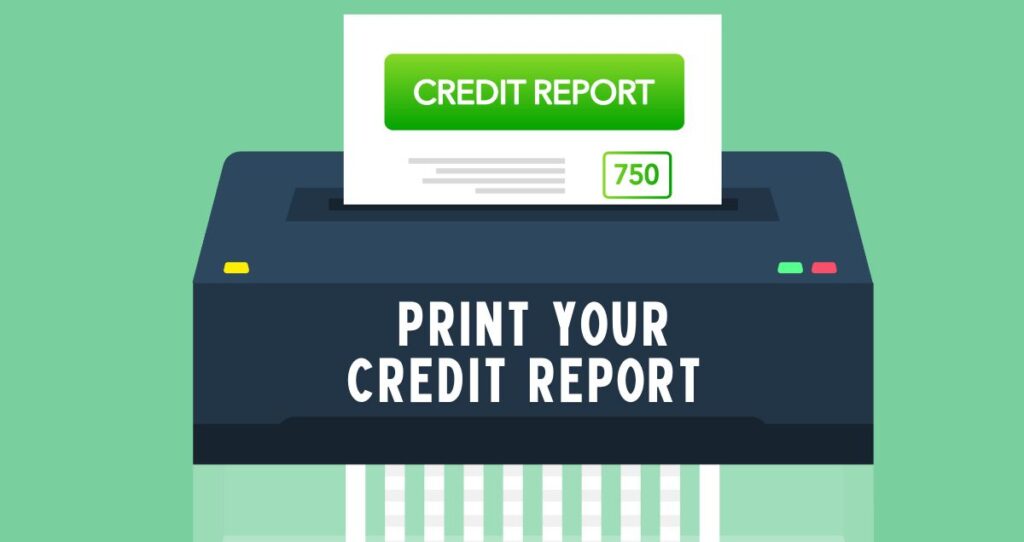

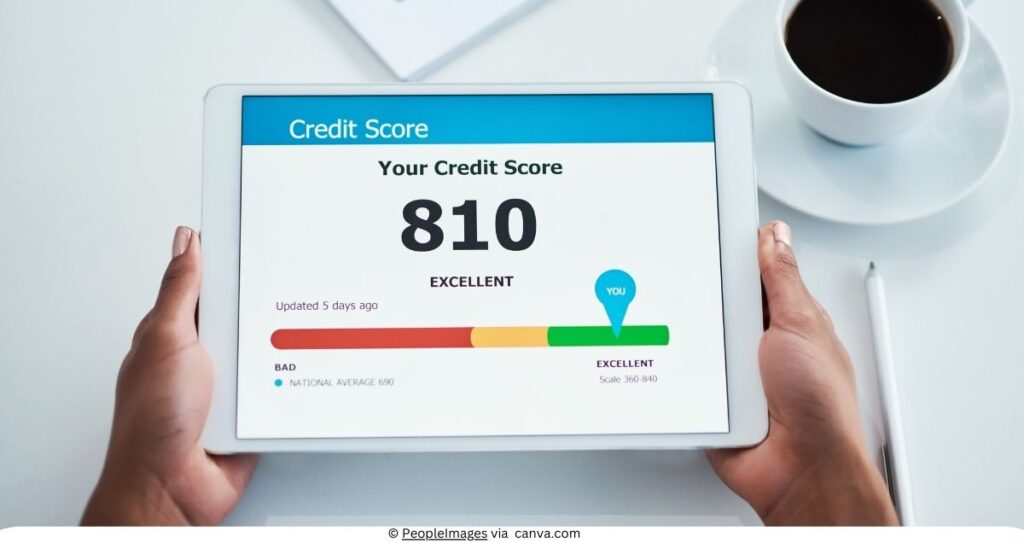
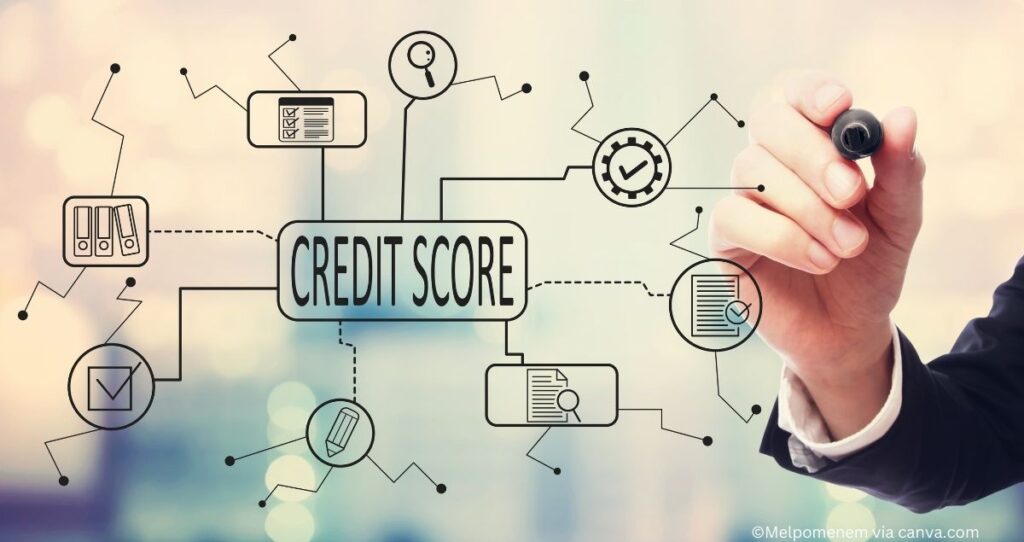
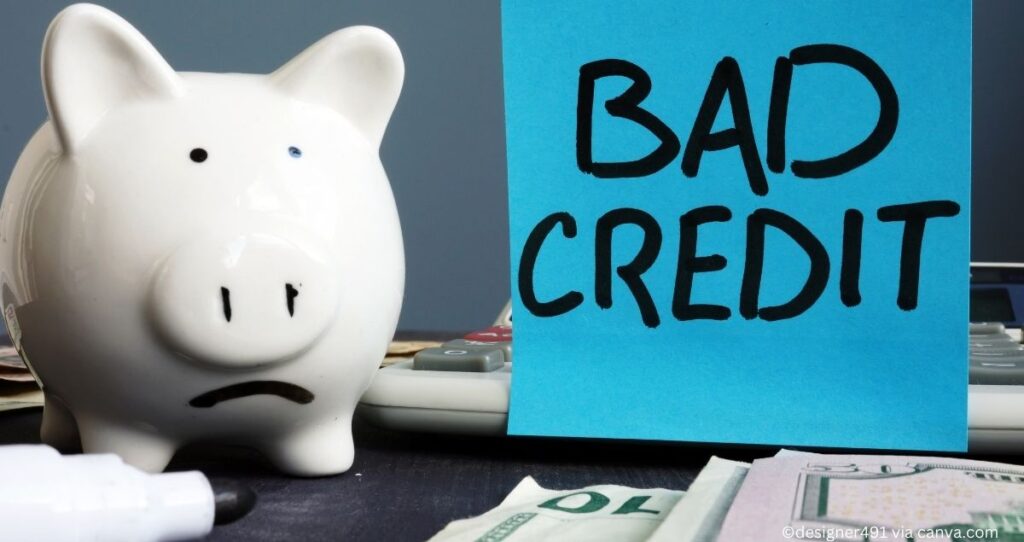


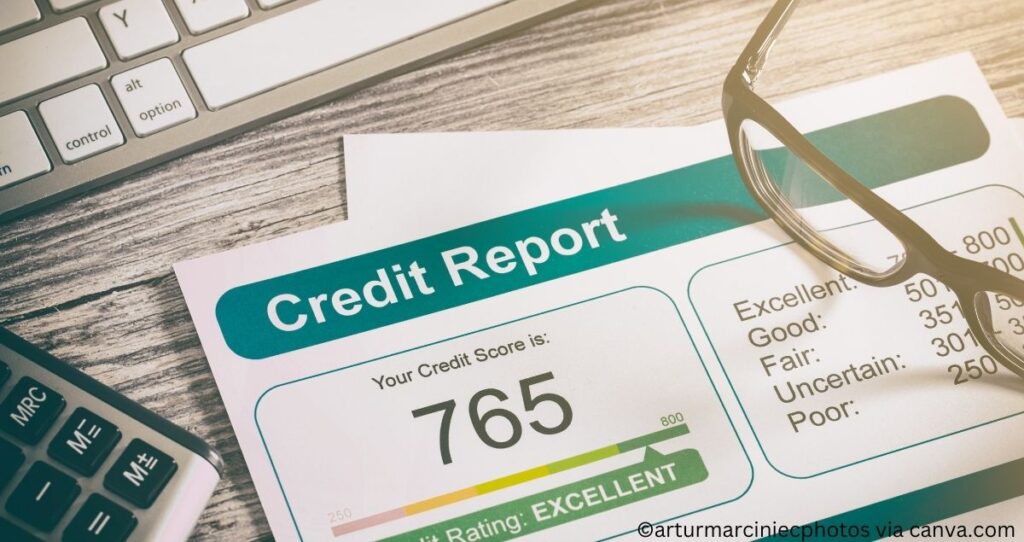
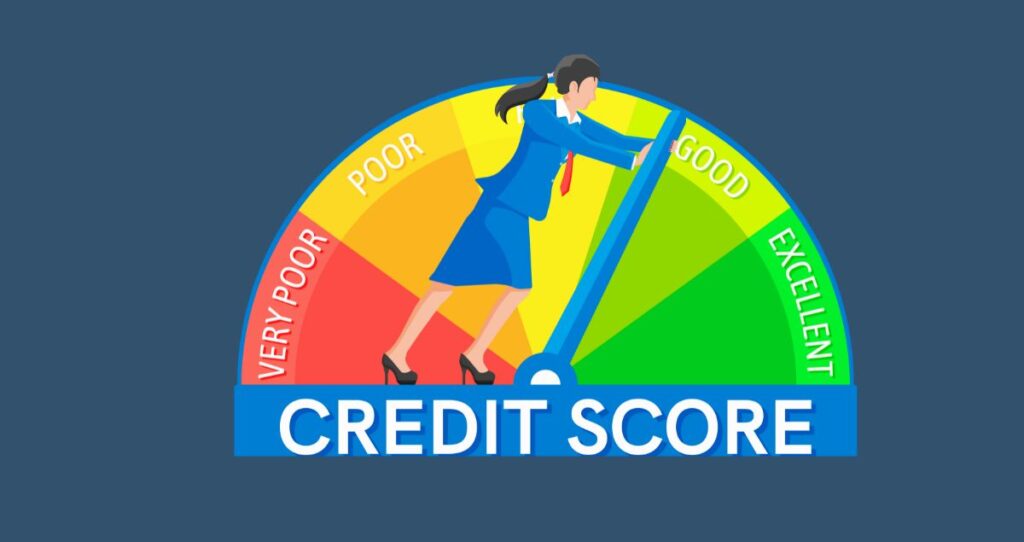
I just want to say I am just new to blogging and site-building and really enjoyed this web site. Very likely I’m planning to bookmark your blog post . You surely have very good writings. Kudos for sharing with us your web site.
Thank you for stopping, by Lissa. I am glad you found our content helpful.